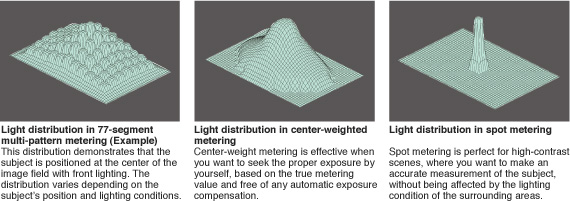 Originally posted by RachelDutch
Originally posted by RachelDutch 
What is spot metering
For me spot metering is an advanced technique primarily for those that shot in RAW and want to expose for highlights and then later bring up the shadows in PP.
Essentially it's a way of getting the optimum DR out of a sensor without having to resort to exposure bracketing.
For you, no doubt, it sounds complicated but it's not;
First (original) frame straight out of the camera - spot metered on the brightest spot in the frame in this case the light coming through the window and let the shadows fall where they may. This ensures that the highlights are not burned out.
Second frame - same file as above but after PP to normalize the shadows so they appear as they would to the naked eye not the way the camera metered it.
Right now it's probably nothing you want to deal with but later on it's a technique that's well worth mastering given the limitations of camera sensors.


 Similar Threads
Similar Threads 






















